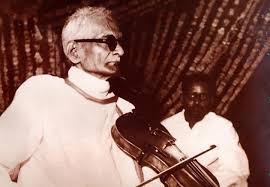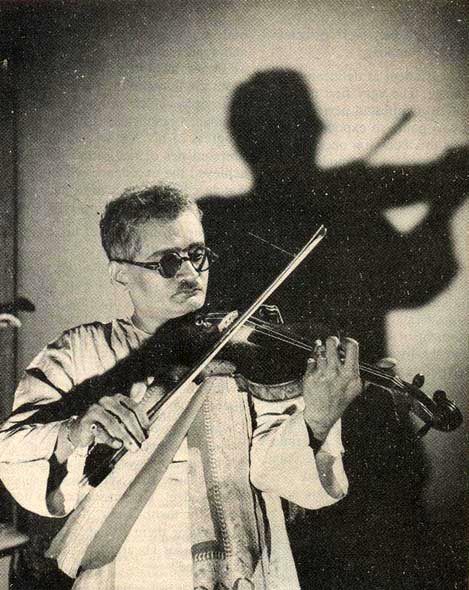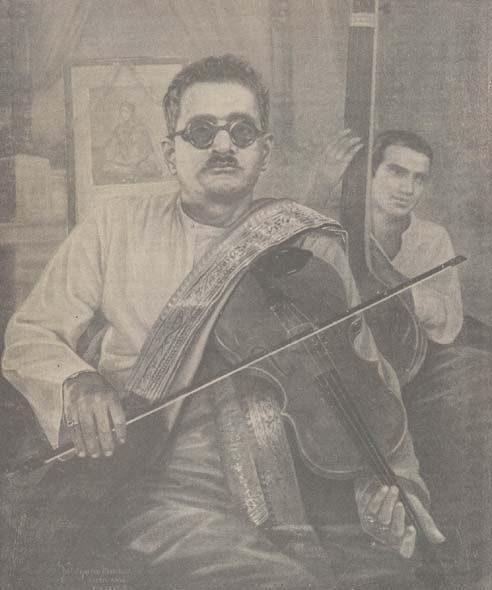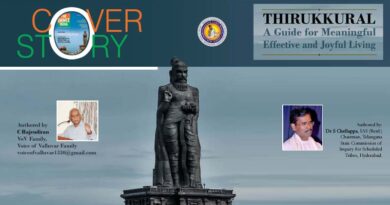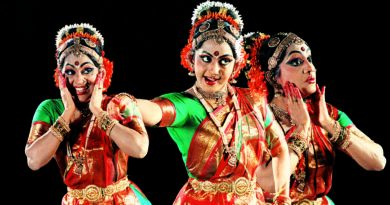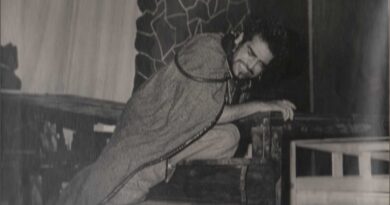A Luminary Violin Virtuoso
‘Fiddle’ Naidu
Text: BR Vikram Kumar
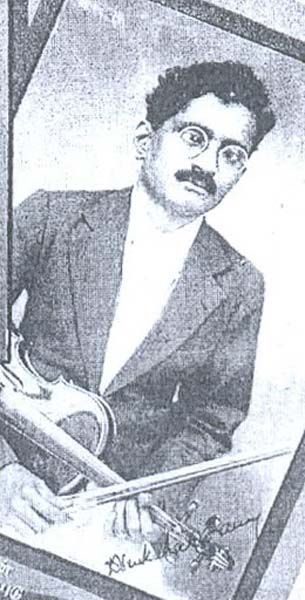
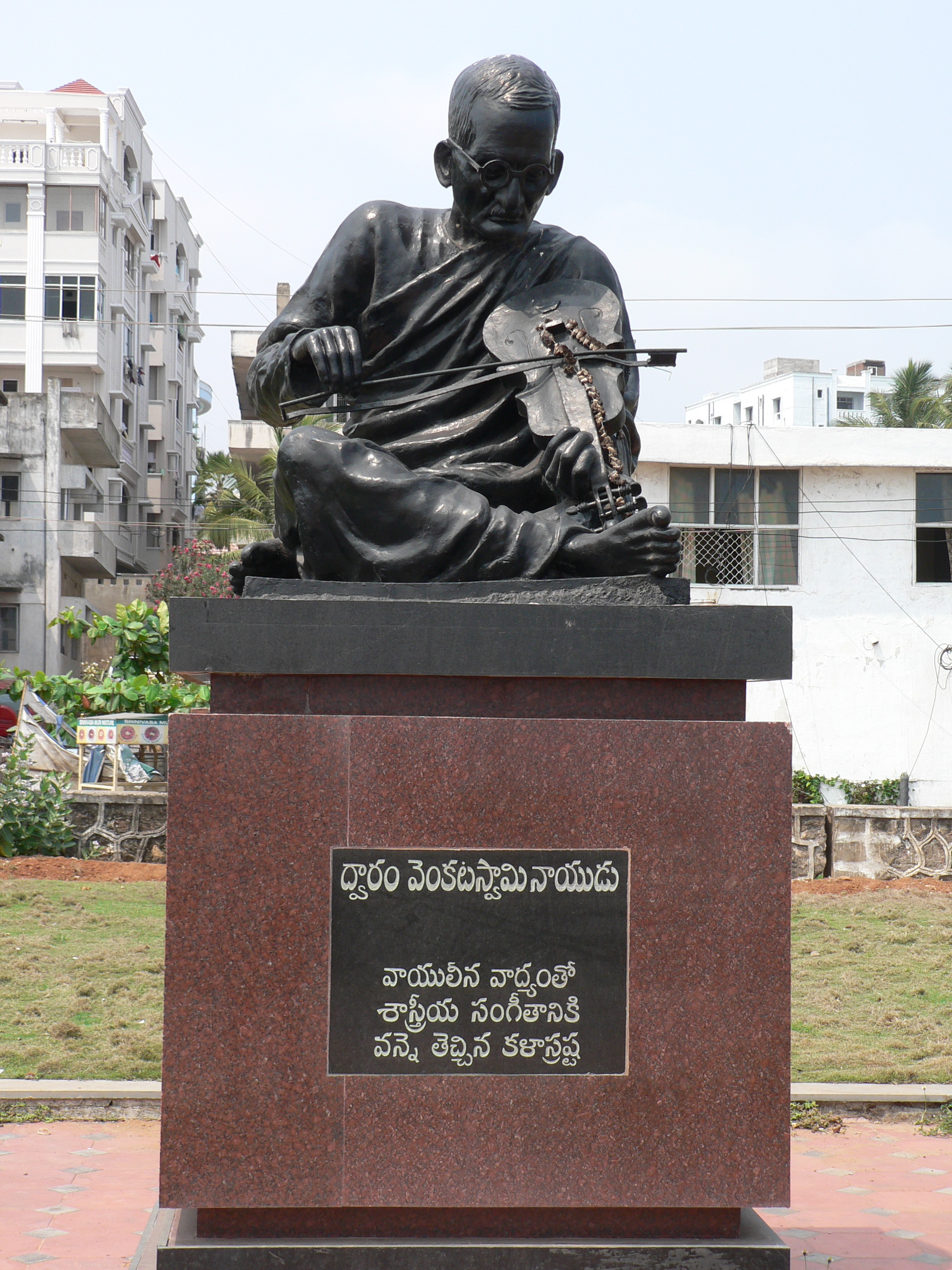
Every human is born and then he lives. While trying to live, he makes various efforts and continues his life’s journey. But there will be few who while living their own life trying to fill other lives with joy. Dwaram Venkataswamy Naidu belongs to that category of higher human beings. His mother gave him birth and he with his prowess on violin gave birth to a new chapter in Carnatic Music and elevated it on the world stage. He was born in Karnataka, brought up in Andhra Pradesh, worked as a principal at Maharajah’s Government College of Music and Dance in Vizianagaram and became a virtuoso who won many awards, accolades and hearts. Becoming a world-renowned personality with just a musical instrument is a rare occurrence. But, embracing the violin, Dwaram Venkataswamy Naidu beautifully presented the Sapta Swaras (seven notes) of Carnatic music to the world and became a legend. This is our effort to celebrate his life through this feature, on the occasion of his 125th birth anniversary.
The history of great virtuosos does a lot of good to the present and future generations. The triumphant stories of their determination, grit and strength in overcoming the ordeals of life would inspire many aspiring artistes. A peek into their life would speak volumes of the bygone era. But in several cases, the history of such legends is being buried under the carpet and many aspects of their lives don’t see the light of the day because of a few people associated with their legacy. In most of the scenarios, it is the members of the family who keep the history of these legends under wraps and point towards non-existent copyrights. They have been a stumbling block in the process of documentation. Documentation is the need of the hour and without which, the history about great contributors, revolutionaries, stalwarts and legends would end up in the graves. The magazine stays committed to documentation and tries to gather information from reliable sources.
****
Dr Dwaram Venkataswamy Naidu: A Saint of Music
Text: Paul Nicodemus
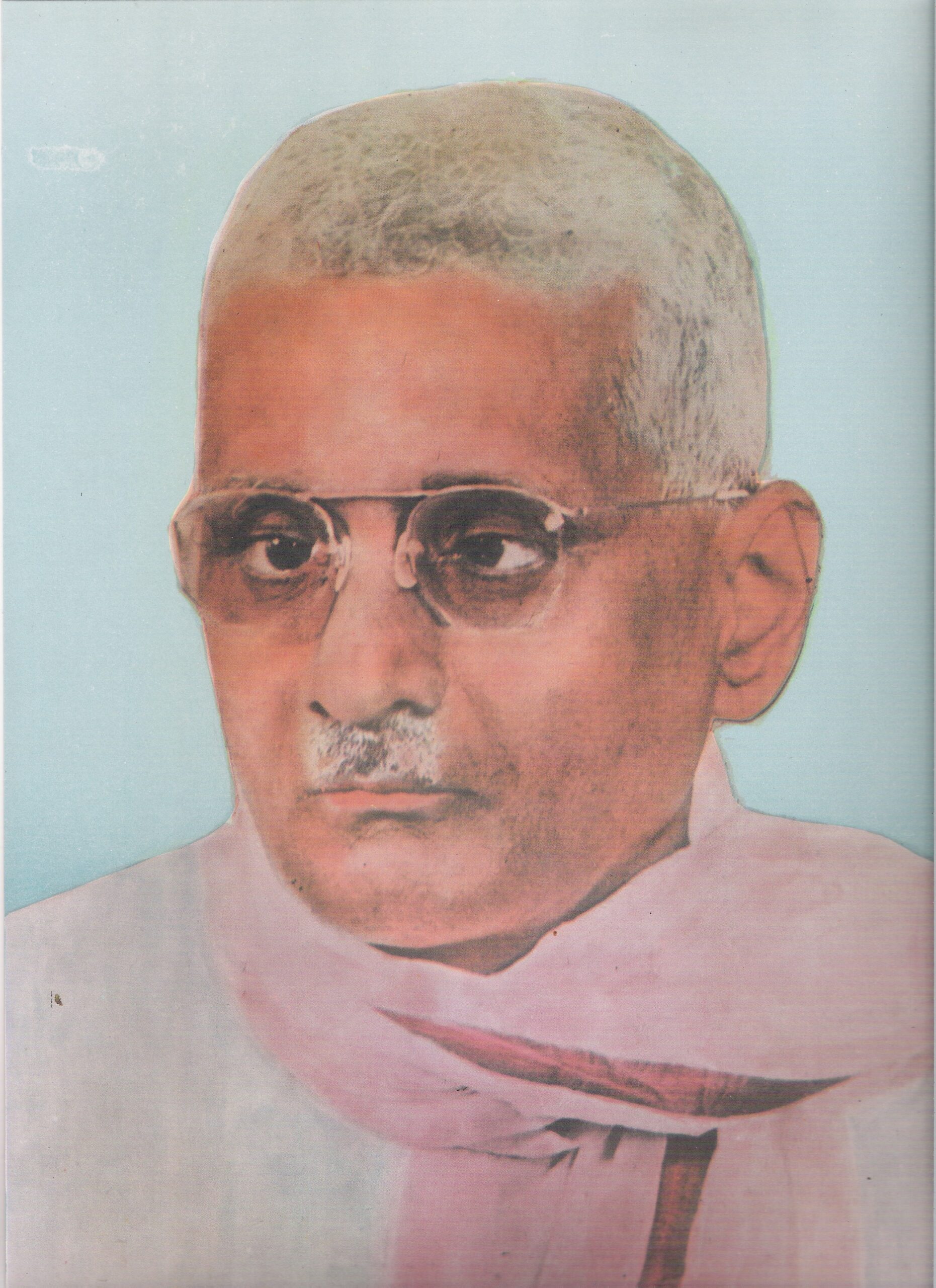
Dwaram Venkataswamy Naidu was one of the most important Carnatic music violinists of the 20th century. He was born in Bangalore on 8 November 1893, which was Deepavali day. He was raised and educated in Visakhapatnam. His father Venkata Rayudu was a commissioned officer in the Army and after his retirement, the family settled down in his native place, Kasimkota, near Anakapalle in Visakhapatnam district. Naidu’s elder brother Venkata Krishnayya put his younger brother onto the violin at the age of six. Later, he received training under the expert tutelage of Sangameshwara Sastry. Naidu was known to have practised rigorously for extended periods of time, every day, over a course of several years.
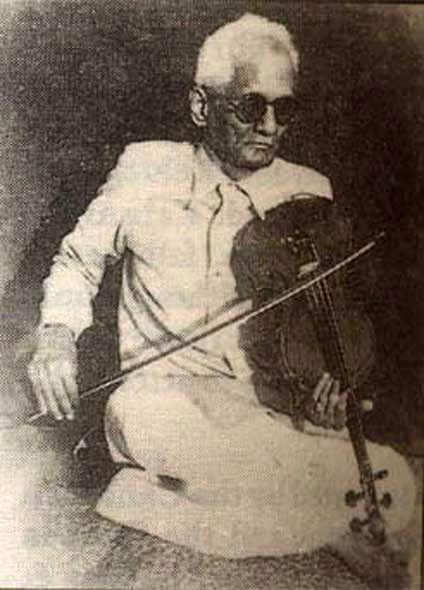
After his education, he joined Maharaja’s Music College in Vizianagaram as a Professor of violin, at the young age of 26. Later, he became its principal in 1936. He took the charge from Ajjada Adibhatla Narayana Dasu and continued to be a principal till 1953. He has given his first solo concert in Vellore in 1938. Naidu’s performance at the National Physical Laboratory auditorium, New Delhi in 1952, to raise funds for the Blind Relief Association was a historic event.
The contribution of legendary Dwaram family to Carnatic music is tremendous. Especially, Naidu’s name is synonymous with the Carnatic classical style in instrumental music. He was born for the violin. His weak eyesight was never a barrier to his practising. His style was unique, innovative and impeccable. He was known for his extremely well evolved soft bowing technique combined with a firm fingering technique. Knowledge of both Indian and Western styles of music, made him weave magic with his violin. Until the emergence of Dwaram Venkataswamy Naidu, nobody could perceive the capability, usefulness and the place of a violin in Carnatic music. Someone rightly described his music as a rare combination of aesthetic grace, technical excellence, rhythmic accuracy and enthralling melody. His work was so elegant that many great poets of his time wrote poems about him and his music. Challapille, Viswanatha, Balantrapu, Jashuva and Seshendra were some of them.

An incident that many would remember was when one of the best violinists in the world Yehudi Menuhin visited India. Menuhin who initially was reluctant even to show his instrument to Naidu, after listening to his music, requested Naidu to play on it. In another incident, Naidu’s performance stunned Gurudev Rabindranath Tagore, who initially watched him play and soon began to sing along, despite his tight schedule. Renowned playback singer Ghantasala Venkateswara Rao learned Carnatic music under Naidu.
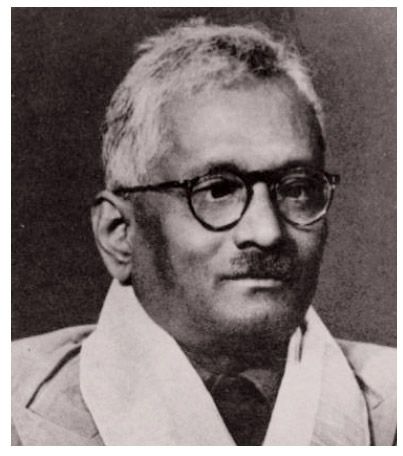
Naidu wrote several articles on music and cautioned his disciples against missing practice even for a day. He was a thorough gentleman inoffensive in speech and graceful in mannerisms. He was a man of content and a friend, philosopher and guide to his pupils. He was a saint who took music as tapas (meditation).
Dr Dwaram Venkataswamy Naidu breathed his last at the age of 71 on 25 November 1964.
Indian Post issued a commemorative postal stamp on Dr Dwaram Venkataswamy Naidu on November 8, 1993. As an honorary gesture, the state governments have erected statues of the luminary violin virtuoso in Visakhapatnam and Chennai in India.
****
Sangeetha Kalanidhi, Sangeeta Ratnakara, Padma Shri, Kalaprapoorna
Dr Dwaram Venkataswamy Naidu
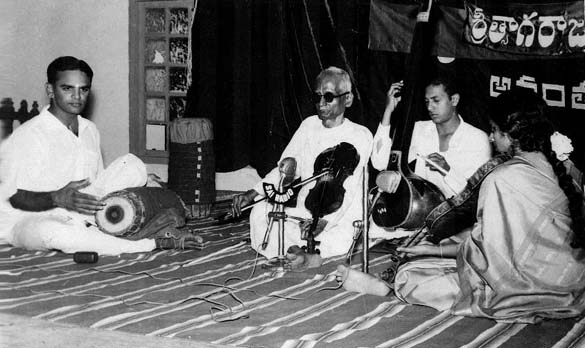
Text: Dr A Gopal Rao, Retd. Professor, Maharajah’s Government College of Music and Dance, Vizianagaram and former Member of Official Language Committee, the Government of Andhra Pradesh.
Many stalwarts like Gurajada, Ajjada, Naidu, Rayudu, Kodi Ramayya, Veena Ramayya have made the victorious flag of modern Vizianagaram float high in the sky. They have sculpted Vizianagaram into a hub for literature, music and culture.
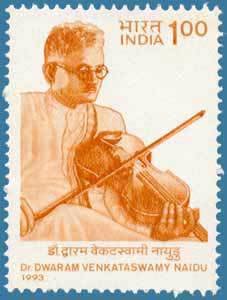
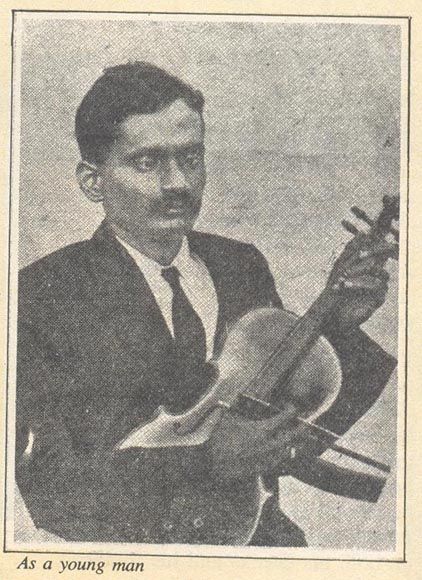
The musical genius who made Carnatic music reach National and International standards through his soothing and melodious bowing of violin was Nadayogi Dr Dwaram Venkataswamy Naidu. Born in a family of musicians in Bangalore – Educated in Visakhapatnam – Learnt to play the violin from his brother Venkatakrishnaiah – Joined as a Professor of Violin at Vijayarama Gana Patasala in Vizianagaram – Become the Principal of Maharaja’s Government College of Music and Dance after Adibatla.
Naidu who was born on November 8, 1893, on the day of Diwali brought light to his house, country and nation. In 1914, a boy gave a melodious concert on his violin in a community titled ‘My Friends’; mesmerised by the prowess of the boy, poet Marepalli Ramachandra Sastry presented him a gold ring and christened him ‘Fiddle Naidu’. Since then our Naidu became Fiddle Naidu.
Naidu with his unique style brought an innovative grace in the field of music. Be it Prabhruti Kruthis like ‘Sri Janakiramana’, ‘Swararaagasudha’, Kshirasagarasayana’, ‘Raghuvamsa Sudhambudhichandra’; Western compositions like ‘May Flowers’ or Folk songs like Appanna Thannamanna, Naidu made it a habit to mesmerise the listeners.
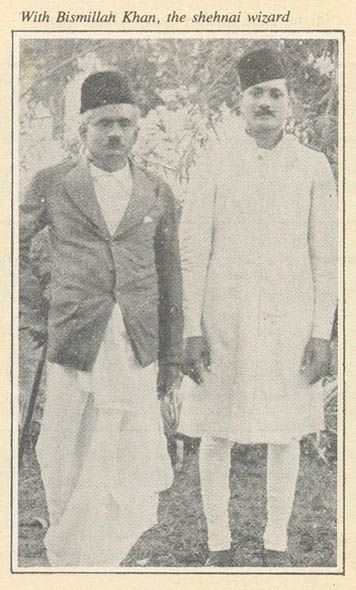
He received numerous felicitations and honours. In 1924, the Maharaja of Vijayanagara honoured him as ‘Gandharva Vidyabhushan’, in 1929 honoured him as ‘Ganakala Visharadha’, in 1959, the President of India honoured him with ‘Padma Shri’, in 1964, the Government of Andhra Pradesh honoured him with Music Laureateship, in 1962, Sri Venkateswara University presented him an Honorary Doctorate, in 1950, Andhra University honoured him with the title ‘Kalaprapoorna’, in 1945, Madras Music Academy conferred the title ‘Sangeetha Kalanidhi’, in 1935, Maharaja of Jaipur gave him ‘Swarnaghanta Kankanakanakabhishekam’, in 1946, Maharaja of Mysore titled him ‘Sangeeta Ratnakara’, in 1948, Sri Telugu Vidyapeetam under Sri Andhrakalamandali in Kharagpur gave him the title ‘Sangeeta Kalaprapoorna’.
Felicitations on September 5, 1931, under the presence of Dr Sarvepalli Radhakrishnan in Visakhapatnam and in 1949, in the presence of Governor of Madras, Maharaja Raol Sir Shri Krishna Kumarsinhji Bhavsinhji at Chennapuri Rajaji building, speak volumes about Naidu’s calibre.
“The goddess of music dances on Naidu’s fingers,” said Rajaji, Governor General and eminent personality RB Ramakrishnaraju said, “Mr Naidu couples soul with sound.” Indian Presidents, Dr Rajendra Prasad, Dr Sarvepalli Radhakrishnan, Prime Minister Jawaharlal Nehru, Justice PV Rajamannar, Vice Chancellor CR Reddy and towering personalities hailed Naidu’s expertise.
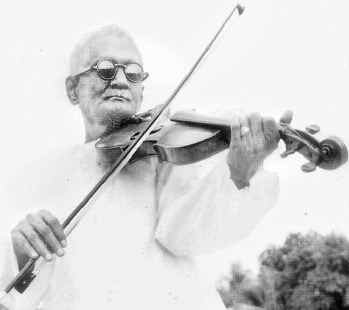
Naidu was a dedicated teacher. Unceasing practice and heart touching bowing made him remain a ‘Nada Yogi’. Popular Carnatic Musicians in Andhra, either directly or indirectly have been influenced by Naidu. “Aracheta Kannu Bhasillu Neethaniki” was a Chellapilla’s jesting.
After the felicitation of Naidu in the Mysore Durbar, prominent poet Srirangam Narayanababu wrote a poem titled ‘Fiddle Naidugari Vrellu’. It was heard, at a function in Vizianagaram, Veena expert Janardhanacharyulu composed a tune for the poem and Baburao, son of Naidu played it on a fiddle and Choppalli Suryanarayana Bhagavatulu sang it.
****
Less Known Facts About Dwaram Venkataswamy Naidu
Text: VAK Ranga Rao
Noted filmmaker BN Reddy made a documentary about him. When I asked in the Seventies, BN could not tell what happened to it!
In BN’s film “Devatha” (1941), a pathetic sequence involving the heroine had Dwaram’s violin play in the background. So it can be assumed that the documentary was made around that time. Inf. Gathered from Ravi Kondala Rao’s wonderful book about Vauhini concern priced Rs. 200.00 (R.K. Books 9848071175)
Uninformed people assume that the popular javali in “Malleswari”, ‘Pilachina biguvatara’ in Kapi, is based on a regular javali in the same raga, ‘Sarasamuladetanduku’. No. It is tuned after the bit in Kapi, played by Dwaram in his RTP on 78rpm records.
All the 78rpm records he made in the late Thirties/early Forties were subsequently re-issued in LP format.
It would be wonderful if his recorded concerts (by AIR or interested individuals) could be unearthed and made available to the public. Such greatness should be preserved for posterity, as a mark of an individual’s cultural achievement.

